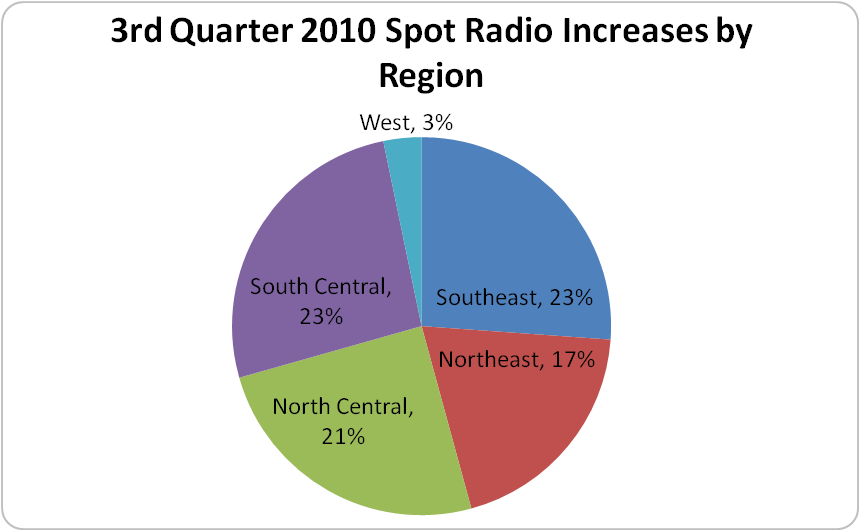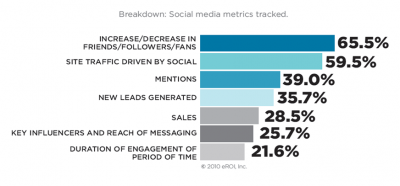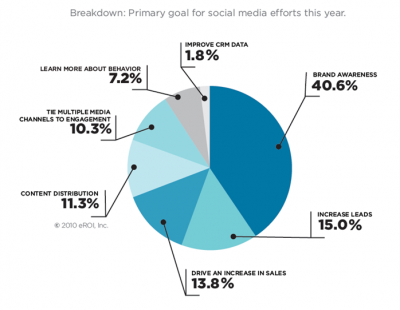So eloquently written, I had to share this exerpt from Tony, the president and CEO of The Energy Project and the author of Be Excellent at Anything. As he approaches his 60th birthday, he shared the 12 most important lessons he’s learned after six decades on the planet. Check out the simplistic wisdom of his lessons.
1. The more we know about ourselves, the more power we have to behave better. Humility is underrated. We each have an infinite capacity for self-deception — countless unconscious ways we protect ourselves from pain, uncertainty, and responsibility — often at the expense of others and of ourselves. Endless introspection can turn into self-indulgence, but deepening self-awareness is essential to freeing ourselves from our reactive, habitual behaviors.
2. Notice the good. We each carry an evolutionary predisposition to dwell on what’s wrong in our lives. The antidote is to deliberately take time out each day to notice what’s going right, and to feel grateful for what you’ve got. It’s probably a lot.
3. Let go of certainty. The opposite isn’t uncertainty. It’s openness, curiosity and a willingness to embrace paradox, rather than choose up sides. The ultimate challenge is to accept ourselves exactly as we are, but never stop trying to learn and grow.
4. Never seek your value at the expense of someone else’s. When we’re feeling devalued, our reactive instinct is to do anything to restore what we’ve lost. Devaluing the person who made you feel bad will only prompt more of the same in return.
5. Do the most important thing first in the morning and you’ll never have an unproductive day. Most of us have the highest energy early in the day, and the fewest distractions. By focusing for a designated period of time, without interruption, on the highest value task for no more than 90 minutes, it’s possible to get an extraordinary amount of work accomplished in a short time.
6. It’s possible to be excellent at anything, but nothing valuable comes easy and discomfort is part of growth. Getting better at something depends far less on inborn talent than it does the willingness to practice the activity over and over, and to seek out regular feedback, the more precise the better.
7. The more behaviors you intentionally make automatic in your life, the more you’ll get done. If you have to think about doing something each time you do it, you probably won’t do it for very long. The trick is to get more things done using less energy and conscious self-control. How often do you forget to brush your teeth?
8. Slow down. Speed is the enemy of nearly everything in life that really matters. It’s addictive and it undermines quality, compassion, depth, creativity, appreciation and real relationship.
9. The feeling of having enough is magical. It rarely depends on how much you’ve got. More is rarely better. Too much of anything eventually becomes toxic.
10. Do the right thing because it’s the right thing to do, and don’t expect anything in return. Your values are one of the only possessions you have that no one can take away from you. Doing the right thing may not always get you what you think you want in the moment, but it will almost always leave you feeling better about yourself in the long run. When in doubt, default to calm and kind.
11. Add more value in the world than you’re using up. We spend down the earth’s resources every day. Life’s primary challenge is to put more back into the world than we take out.
12. Savor every moment — even the difficult ones. It all goes so fast.









